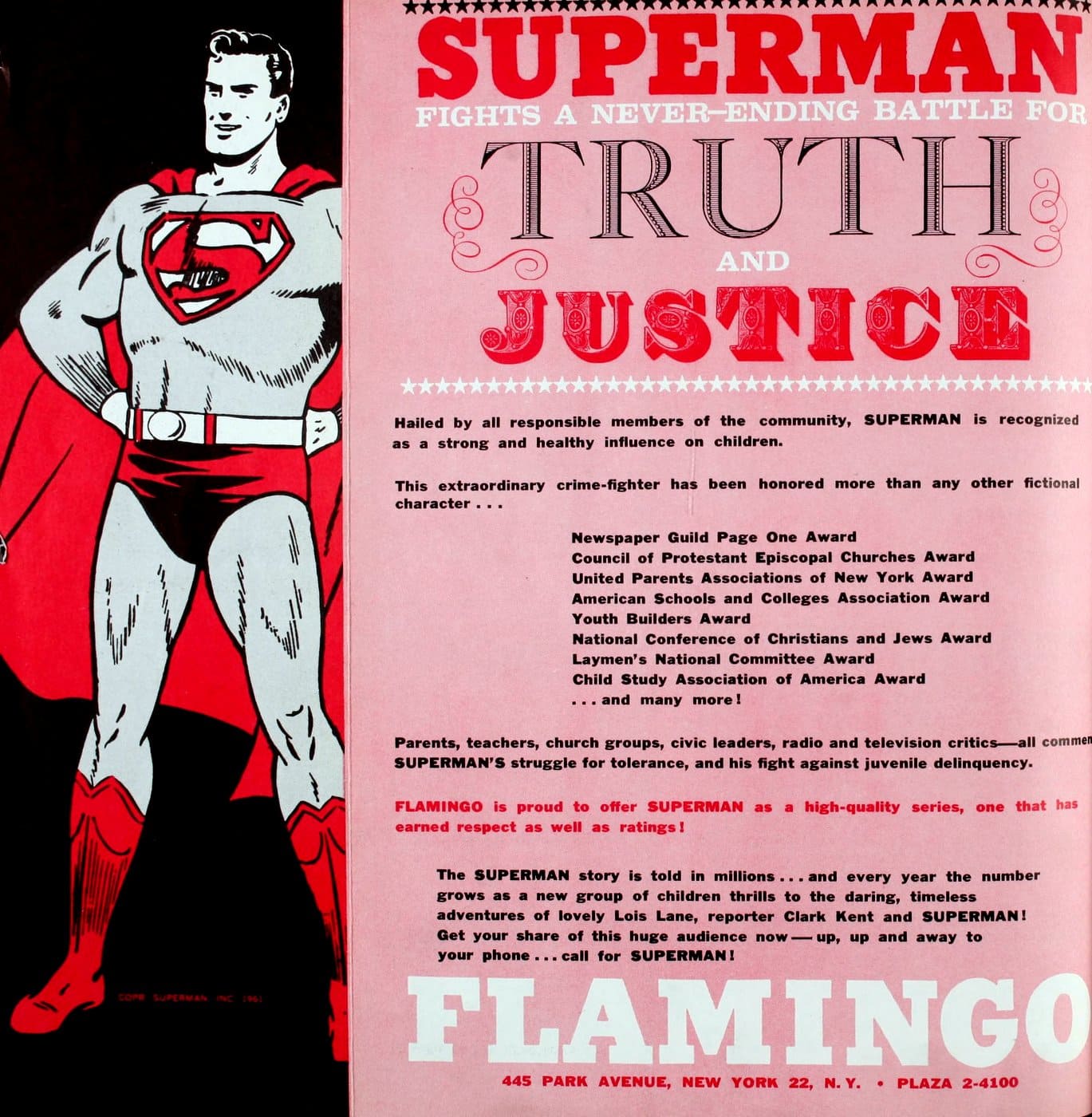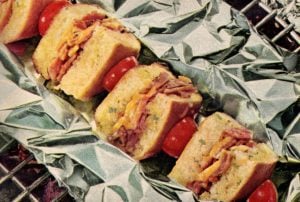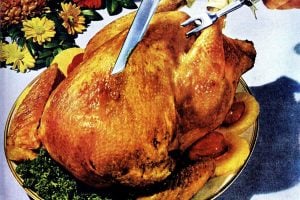From Superman’s debut in 1938 to today’s blockbuster movies, these comic book giants have left a mark that goes beyond the printed page. But starting in the 1960s, vintage Marvel Comics and DC Comics took a different direction with their characters, crafting backstories and internal conflicts, weaving together complex characterizations and more adult-themed storylines that opened up their worlds to a new era of fans.
Vintage DC Comics was first on the scene
DC Comics, originally known as Detective Comics, was founded way back in 1934 by Malcolm Wheeler-Nicholson. The company’s first title, “New Fun: The Big Comic Magazine,” debuted in 1935.

However, it was the introduction of Superman in “Action Comics #1” in 1938 that truly set the stage for the superhero genre. The character’s success led to the creation of other popular heroes, such as Batman, Wonder Woman, Green Lantern, and The Flash.
The Golden Age of comics (1938-1950) saw the rapid expansion of DC’s superhero roster and the establishment of a shared universe. After World War II, superhero comics declined in popularity, leading to the rise of other genres like romance, crime, and horror. However, the late 1950s marked the beginning of the Silver Age of comics (1956-1970), when DC revitalized its superhero line by reintroducing iconic characters with new origins and updated storylines. This era also saw the creation of the Justice League of America, a team-up of DC’s most famous heroes.
Vintage Marvel Comics took a more human approach
Vintage Marvel Comics, initially known as Timely Publications, was founded by Martin Goodman in 1939. The company released its first comic book, “Marvel Comics #1,” which featured the debut of the Human Torch and Namor the Sub-Mariner. Timely Publications became Atlas Comics in the 1950s, before ultimately rebranding as Marvel Comics in the early 1960s.
The arrival of writer Stan Lee and artist Jack Kirby ushered in the Marvel Age of comics. They co-created the Fantastic Four in 1961, which revitalized the superhero genre and marked the beginning of the Marvel Universe.

Then, the early 1960s saw the creation of iconic characters — including many of the names that are still popular today, like Spider-Man, the X-Men, Iron Man, Thor, the Hulk, and Doctor Strange. Marvel Comics differentiated itself from DC by focusing on relatable, humanized characters and complex storylines.
Evolution of the Marvel & DC universes
The so-called Bronze Age of comics (1970-1985) saw both Marvel and DC tackling more mature themes and experimenting with different storytelling styles. Throughout the years, both companies have continued to evolve, diversifying their lineups and exploring various genres and formats.
Today, Marvel and DC Comics are not only synonymous with comic books (cough — graphic novels — cough) but have also expanded into successful film and television franchises, reaching audiences worldwide.
Once upon a time, comic characters were super heroes, but — Ka-pow! Look at ’em now (1966)
By Norman Mark, Beacon Journal-NY Herald Tribune
CHICAGO – Peter Parker, an average college student, was once bitten by a radioactive spider and became — !!! — the Amazing Spider-Man… able to climb walls, stick to ceilings and to spin steel webs; a fighter against crime, injustice and other stuff.
But his super-powers also give him tensions, fears that he is a coward (believe it or not) an inferiority complex and (the worst) unpopularity. What does he do with his spider powers?
“WHEEEEEEEEEEE” (comic book talk for a police siren).
“Police sirens! Something must have happened!” thinks the deductive Parker in a typical comic book episode. “Look at them go!”
“It’ll take me only a couple of seconds to change to Spider-Man! Then I can zip after them and get some photos of the action!” (No fool, that Parker, he sends himself through college by selling pictures of his amazing rescues.)

Suddenly he stops, gets a wry, stupid grin and thinks, “Awwww, come to think of it, why bother? I’ve still got some money left from the last pix I sold… and my Aunt May will be waiting for me! So I’ll go home and study, like anyone else!”
Not like Superman, Batman or Wonder Woman? You can bet your place in Shanghalla (the cemetery satellite for dead super-heroes, now containing the remains of Beast Boy, Mog Yagov, Luta, 87, Nimbok of Vaalor and one-third of Triplicate Girl) he isn’t.
Spider-Man, a character invented by the fast-growing Marvel Comics Group, is just one member of the new breed of costumed, super anti-heroes.
No longer do they zip through the air, casually batting bullets out of the way with only a half-pound of kryptonite (Superman) or the color yellow (Green Lantern) to worry about.
MORE: Superman, starring Christopher Reeve, turned a superhero into a movie star (1978)
They’re complex, abnormal, alienated and schizoid. They fight among themselves, try to avoid trouble. They are the heroes of today’s college campuses, the new escape mechanisms for 10-year-olds, and the grist for social psychologists a generation from now.
Marvel Comics sell at the rate of 33,000,000 a year, and the comics owe much of their success to the fact they border on reality.
Just imagine what would happen if you woke up one bright morning and discovered you were a spider in human form. Just like Spider-Man, you’d quickly learn your girlfriend hates spiders and has a horrible prejudice against guys who hang from ceilings.

Pop art may try to consecrate comics, television may have a Batman show, and the comics themselves may reprint episodes from their “golden age” of the 1940s and early 50s, but the world of the super-costumed hero has moved on.
Not even comics can go home again. And you, you who joke about Superman at cocktail parties, irrevocably date yourself.
REMEMBER? Underoos made boring old kids’ underwear fun to wear in the 1970s & 80s (and beyond)
The sounds have changed
Even sounds of war have changed over the past decade. Machine guns used to simply “RATTA TAT TAT,” but now they usually sound like “BUDDA BUDDA” or “THAKKA THAKKA,” “THIKKA THIKKA,” “PAKKA PAKKA” and “KA-THOW!” A punch sounds like “BRAK,” “WHOP,” “SAK,” and that old favorite “POWWWWWW!!”
Explosions are usually a large, red “BUH-WHOOM! although they may also be a big “FOOOM!” (According to a recent Marvel comic book, “The sound effect is pronounced ‘Foom!’ the third ‘o’ is silent.”) And now the enemy is the VC (Viet Cong) instead of the Japanese.

Vintage Marvel Comics: Old superheroes or new?
Ask anyone under 14 how they stand. They’re split 50-50 between the old super-heroes and the Merry Marvel Marching Society (a club for Marvel Comics readers).
Included in the Marvel group’s stable of heroes are (The Incredible) Hulk, the Fantastic Four, The X-Men, Daredevil and others.
Each has a different problem. Each has his own special area of ineptitude. There’s Hulk, a huge green monster, the strongest thing on Earth (in reality, Dr Bruce Banner, a man accidentally zapped by gamma rays).
If you used to be a square-jawed, handsome scientist and were suddenly turned into a green beast, you’d be a little angry, wouldn’t you? You betcha, Red Ryder, you would.
ALSO SEE: About The Incredible Hulk TV show, plus see the show’s intro (1978-1982)
Hulk pulverizes everything in his path-good guys, bad guys, machines, rocks, everything!
The Executioner (with a name like that he HAS to be a bad guy) sends a bunch of robots to destroy a city. Hulk thinks, “Executioner’s machines will destroy that city! But what do I care?? Nobody matters to the Hulk!! There’s no place for me here… no place for the Hulk anywhere.”
Could Sartre have expressed alienation any better?

Vintage Marvel Comics: The Fantastic Four
Marvel’s Fantastic Four is a quartet of normal people who ran into some powerful cosmic rays during a space shot.
They became Mr. Fantastic (actually Reed Richards, a scientist who can now stretch any part of his body any length), The Thing (a large, strong, orange-colored, rocky-looking creature who was Ben Grimm, star football player and pilot), The Flame (really teenager Johnny Storm, who looks like Bobby Kennedy, and can become a mass of flames by saying, “Flame on!”) and Invisible Girl (Sue Storm, Johnny’s older sister).
ALSO SEE: These vintage Halloween costumes based on ’70s TV shows were creepy for all the wrong reasons
Daredevil, the man without fear, is blind but possesses a radar sense. This really doesn’t help him much, because he has never won a battle.
In January, he was captured by The Plunderer; knocked for a loop by Ka-Zar, the jungle king (who later proved to be a good guy) and attacked by Maa-Gor, the last of the deadly Apeman tribe.
In February, The Plunderer saved him from Maa-Gor only to recapture him; Ka-Zar again clobbered him and at the end of the episode, he was blasted by a rifle grenade fired by an espionage agent.

Mutants and more
THE X-MEN, led by the crippled Professor Xavier (who can read minds) are five mutants (Iceman, Angel, Cyclops, Beast and Marvel Girl) who fight other mutants and who are usually detested by everyone else on Earth.
The Beast, by the way, walks like an ape, acts like an ape, looks like a shaved ape and talks like he swallowed a dictionary.
One day, as he exercised, he said, “Nothing like some capricious calisthenics to while away a lethargic day.” The University of California humor magazine Pelican called him the Lenny Bruce of comic books.
MORE: Vintage Erector Sets were toys that made toys: See old sets & find out their history
Vintage DC Comics
Of course, Superman DC Comics, the big Marvel group rivals, aren’t taking a space vacation on the cloud plants and listening to the harmonic-rocks in the face of all this humor and complexity.
They still have The Man of Steel, Superman, the most popular super-hero ever invented.
Even Superman can play the paranoia game. In a recent issue, Lex Luthor, arch-foe and criminal scientist, decides to do some good deeds to confuse and brainwash Superman.
The stress of deciding who is good and who is had, finally, is too much for The Man of Steel, who ends up flying in circles saying, “What do I do now? No matter what course of action I take I’ll probably be wrong! Everyone will laugh at me. What shall I do? What shall I do?”

For humor, DC Comics has the wisecracking Metal Men. Led by Dr. Magnus, a scientific genius who invented robots which take on the characteristics of their parts, the characters include Mercury (the quickest robot), Gold (the most malleable), Iron (the strongest), Tin (stupid, but good for containing things) and Platinum (also known as Tina).
Platinum is a beautiful girl robot, built with a defective responsometer so that she thinks she is a real woman. She loves Doc, who spurns her saying, “Those cold clammy platinum lips of yours make me feel as if I’m kissing a wet mirror.”
ALSO SEE: Favorite fifties funnies: 50 popular comic strips from the 1950s
With a bullpen full of the greatest variety of costumed super-heroes ever assembled (including Atom, the man able to fight molecules; Blue Beetle, the man who tamed insects; Prince Ra-Man, the mind master; the entire Superman family: Batman: Wonder Woman: Blackhawk; Flash; Aquaman; Hawkman; Ultra the Multi-Alien and — !!! — The Spectre, the man who came back from the dead to fight crime), DC superheroes have an amazing ability to merge to form larger and larger crime-fighting units.

Vintage Marvel Comics vs vintage DC Comics superheroes
Marvel might have a bickering quartet and sextet (The Fantastic Four and the X-Men), but D. C. when faced by such a diabolical menace as The Unimaginable has the Justice League of America, featuring Superman, Batman, Flash, Green Lantern, Wonder Woman (beautiful as Aphrodite, wise as Athena, stronger than Hercules, and swifter than Mercury), Aquaman, Green Arrow and J’onn J’onz (the manhunter from Mars).
Or DC can wheel out the teen-aged legion of superheroes with Brainiac 5 (the smartest boy), Chameleon Boy (really Reef Daggle), Element Lad (Jan Arrah, who can change matter), Invisible Boy (Lyle Norg of the 30th Century), Matter Eater Lad, Saturn Girl, Star Boy, Ultra Boy, Bouncing Boy, Colossal Boy, Cosmic Boy, Lightning Lad, Phantom Girl, Shrinking Violet and Superboy.
And DC can devote an entire comic to their newest character, Robby Reed, who found a magic phone dial and now can dial himself into any hero he wants — with no overcharges! You can see that fighting DC Comics is like a sandlot team challenging the Green Bay Packers.
Other comic book publishers have jumped on the anti-hero bandwagon with complete satires of super-heroes. Walt Disney has Mickey Mouse’s pal, Goofy, who can eat super goobers and change into Super Goof.
The American Comics group has Herbie Popnecker, whose father calls him “A little fat nothing.” But little does dad know that Herbie can change into the fearsome, toilet plunger-topped Fat Fury, a little fat something, who flies a bit slower than the other heroes, but more than makes up for this defect with his all-purpose, magic lollipops.
Where the comics go from here, only a Time Master or a Dr. Destiny or a Time Warp Traveler would know.
REMEMBER THESE? Superheroes, cartoon characters & more on classic ’80s sleeping bags



















